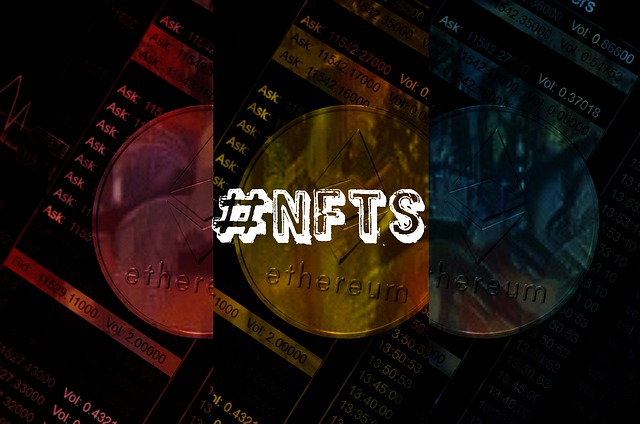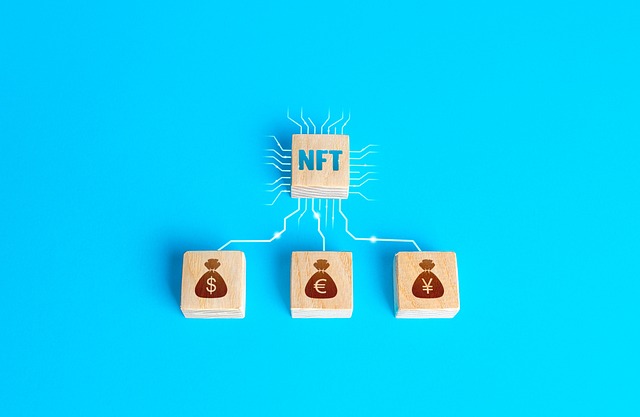
Non-Fungible Tokens (NFTs) have seen unprecedented growth and have been a hot topic for some time now. However, the recent recession, paired with a devaluation of the crypto market has decreased the total market cap of NFTs and many investors are wondering about the pros and cons of the NFT market. In this article, we will explore just that and provide a comprehensive understanding of their impact on the digital world.
Pros of NFTs
Ownership and Provenance
One of the primary benefits of NFTs that sets them apart from the rest is that they enable clear ownership of digital assets. Since NFTs are minted on blockchain networks, ownership of the records and transaction histories are transparent, verifiable, and tamper-proof. It is impossible to hack an NFT unless the user gives its credentials to the hacks.
This helps NFTs to combat issues like copyright infringement, counterfeiting, and fraud, allowing artists and creators to protect their work and ensuring collectors that their digital assets are authentic and valuable.
Royalties for Artists and Creators
Artists and Creators have long been exploited for their work and never received the remuneration they truly deserve. NFTs offer a new revenue stream for artists and creators by allowing them to earn royalties every time their work is bought and sold on secondary markets.
When an NFT is minted, the artist can set a price and a percentage of that will be automatically paid to them whenever the token is traded. This feature provides creators with a sustainable source of income and ensures that they are fairly compensated for the ongoing value of their work.
Read also: NFT for beginners – all you have to know
Ease of access
NFTs made it easy to get into the art world which was previously a difficult industry to get into. Traditionally, the art market has been dominated by galleries, auction houses, and wealthy collectors, making it difficult for emerging artists to gain exposure and for everyday people to invest in art. NFTs, on the other hand, allow artists to directly connect with their audience, bypassing intermediaries and enabling a more diverse range of creators and collectors to participate in the market. NFTs allow young people with no real experience in art to invest from the comfort of their couches, a feature that was never possible previously.
New Business Models and Revenue Streams
NFTs are driving the development of new business models and revenue streams, particularly in industries like gaming, sports, and entertainment. Blockchain-based games, like CryptoKitties and Axie Infinity, use NFTs to represent in-game assets, allowing players to buy, sell, and trade items with real-world value. NFTs also created a new stream of gaming known as Play-to-earn (P2E) games which allowed gamers to monetize their time collecting game assets that have real-time value. Similarly, platforms like NBA Top Shot enable sports fans to collect and trade officially licensed highlights, opening up new opportunities for fan engagement and monetization.
Interoperability
NFTs are highly interoperable and extensible, meaning that they can be easily integrated with other blockchain applications and services. For example, NFTs representing virtual real estate can be used across multiple metaverse platforms, while NFT-based art can be displayed in virtual galleries or used as in-game assets. So, an NFT you own is not tied to a particular platform and can be used in a variety of other platforms.
Read also about how to create your own NFT project.
Cons of NFTs
Although investing in NFTs has its own perks, it is important to understand that it’s not without its own cons. Below is a list of cons that you must be aware of before investing in NFTs.
Environmental Concerns
One of the most significant drawbacks of NFTs is their environmental impact, as the majority of them are minted on the energy-intensive Ethereum blockchain. We won’t get into the details, but the consensus algorithm that NFTs are minted requires significant energy which puts additional strain on the already volatile energy sector. The process also contributes to greenhouse gas emissions and exacerbates climate change. However, there are ongoing efforts to address this issue, including the transition of Ethereum to a more energy-efficient proof-of-stake consensus mechanism and the emergence of eco-friendly NFT platforms. But still, the impact on the environment can not be overlooked.
Market Volatility
Any investment which is as volatile as NFT is not ideal for any investors. The NFT market has experienced rapid growth but much of it is contributed to the hype surrounding the NFT market. This leads many critics to argue that the high prices for certain NFTs are driven by speculative bubbles, which could lead to crashes and financial losses for investors and collectors. As the NFT market continues to mature, it will be essential for participants to carefully consider the risks associated with buying and selling digital assets.
Copyright and Intellectual Property Issues
While NFTs can help to establish ownership and provenance, they can also give rise to copyright and intellectual property disputes. For instance, some NFTs have been minted without the permission of the original creators, leading to legal battles and questions about the legitimacy of the tokens. Moreover, owning an NFT does not necessarily grant the buyer full rights to the underlying intellectual property, which can lead to confusion and potential misuse of digital assets. You can learn more about the topic by clicking here.
Accessibility
While NFTs have revolutionized the art world to some extent, they also present new challenges in terms of accessibility and inclusivity. The process of creating, buying, and selling NFTs can be complex and costly, with high gas fees and technical barriers potentially excluding some artists and collectors from participating in the market.
Scalability Limitations
The rapid growth of the NFT market has exposed the limitations of existing blockchain infrastructure, particularly in terms of scalability and transaction throughput. For example, the popularity of CryptoKitties in 2017 led to severe network congestion on the Ethereum blockchain, resulting in slow transaction times and high gas fees. To address these challenges, developers are working on new blockchain solutions and layer-2 technologies that can support the increasing demand for NFTs without compromising on decentralization and security.
Conclusion
NFTs have undoubtedly revolutionized the digital art and collectibles space, offering artists, creators, and collectors a range of benefits, from clear ownership to new revenue streams and business models. However, the technology also comes with its own set of challenges and drawbacks, including environmental concerns, market volatility, and accessibility issues.
As the NFT market continues to evolve, it will be crucial for stakeholders to strike a balance between the potential rewards and risks associated with this emerging technology. By addressing the challenges and harnessing the opportunities presented by NFTs, we can pave the way for a more sustainable, inclusive, and vibrant digital ecosystem. But it is also important to understand that this article is just a guide to discuss the pros and cons that NFT has to offer.
We bear no responsibility for the investment you make on NFT and recommend you do your own research before making any investments.


